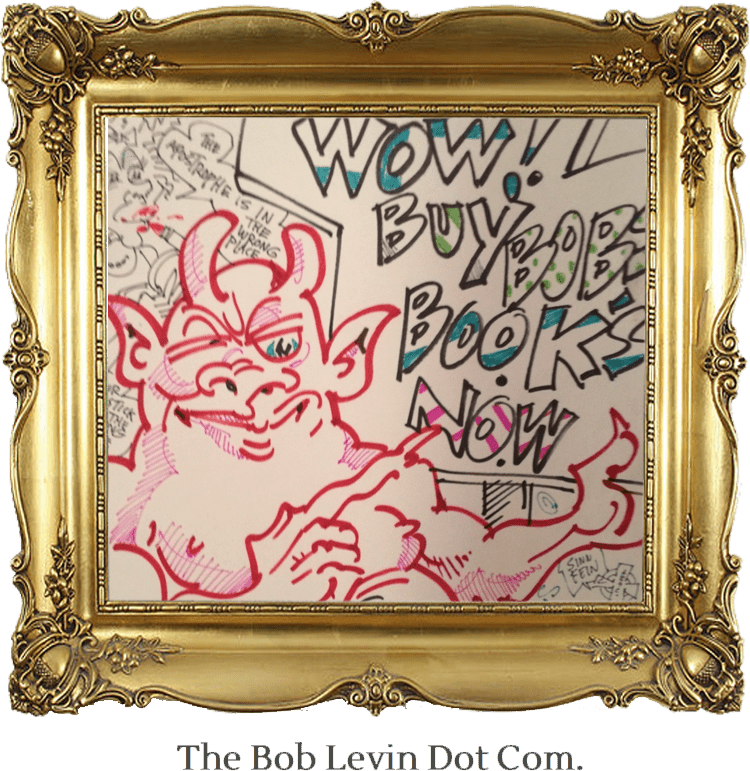Sold one “Schiz.”
The buyer was a tall fellow, balding, glasses, black t-shirt, blue shorts. He had been, I learned, a successful TV writer, then a teacher, now a mail carrier. Sort of a reverse career arc, but he liked the outdoors, the freedom of no-one-looking-over-his-shoulder, the nothing-following-him-home-to-interfere-with-his-writing. And fortunately, he volunteered, his husband’s job paid well.
I also gave away a “Cheesesteak.”
This deserves some historical background. My father’s grandfather was among a group of poor Russian Jews brought to America by a wealthy German Jew who planned to settle them in socialist-style farming communities (despite their having been forbidden to own land by the tsar) in either New Jersey or Oregon. Since all the poor Jews knew about Oregon was that it was populated by Indians and had eagles that swooped down and carried off your babies, they opted for Jersey.
My father’s father ran away from home as a teenager and ended up in South Philly, but his two brothers remained. (He later demonstrated his feelings for the community ethos by naming his first born, my dad, “Herbert Spencer…”) We visited their farms occasionally, and in the 1950s, a Cousins’ Club formed among my father’s generation. I last saw any of the New Jersey clan at a picnic in 1960. Then a couple weeks ago, I hooked up with one through FB. She is a poet, a gardener, a maker of one-of-a-kind clothes, and since the ‘70s, “a back-to-the-land hippie” in Arkansas.
She is swapping me a CD of her reading her work.
